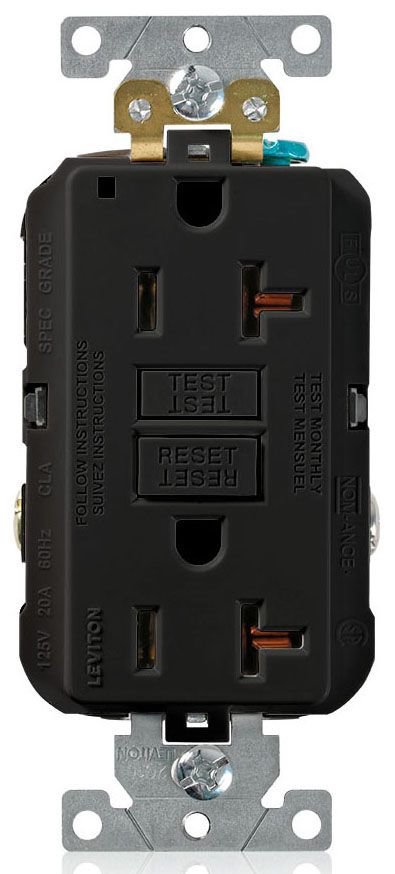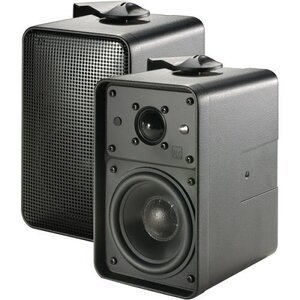What’s the Deal with “192.168.47.6.233”?
You might be here because “192.168.47.6.233” popped up somewhere – maybe on your router, a troubleshooting guide, or during a network setup gone sideways.
So what’s the story with this specific IP?
Let’s break it down in plain English.
Why Does “192.168.47.6.233” Matter?
First off, “192.168.47.6.233” is an IPv4 address.
It’s part of the private IP address range used in home and small business networks.
That means it’s not unique on the internet – only inside your local network.
Think of it as a house number within a neighborhood.
Your router assigns it to devices connected to your Wi-Fi to keep everything organized.
How Does “192.168.47.6.233” Work?
Private IPs like this one allow your devices to communicate without needing their own public IPs.
Here’s the simple flow:
- Router: Acts as the gateway and assigns “192.16 8.47.6.233” to one device (like your laptop or smart TV).
- Device: Uses this IP to send and receive data within your local network.
- Translation: The router translates your private IP into a public one when connecting to the internet.
This system keeps your network secure and reduces the number of public IPs needed.
Why Am I Seeing “192.168.47.6.233”?
Here are a few real-life reasons you might encounter this address:
- Device Conflict: Two devices accidentally got assigned the same IP.
- Manual Setup: You’re assigning static IPs for better control.
- Network Troubleshooting: You’re trying to fix a connectivity issue and need to check your IPs.
Let’s get into each one.

Is “192.168.47.6.233” Causing You Problems?
Sometimes, private IPs can be a headache.
Here are common scenarios and how to deal with them:
IP Conflict
If two devices share “192.1 68.47.6.233,” you’ll see connection errors.
What to Do:
- Go to your router’s admin page (usually “192.168.1.1”).
- Check the connected devices list.
- Manually assign unique IPs.
Static vs. Dynamic IPs
You might prefer a static IP (unchanging) for devices like printers or NAS drives.
Steps to Assign Static IP:
- Open your router’s admin dashboard.
- Reserve “192.168.47.6.233” for a specific device.
- Save the settings.
Can’t Connect to “192.168.47.6.233”
Sometimes, this IP gets unresponsive due to a glitch.
Quick Fixes:
- Restart the router.
- Reconnect the device.
- Check if another device is hogging that IP.
FAQs About “192.168.47.6.233”
What’s a Private IP Range?
Addresses starting with “192.168.x.x” are private and used only in local networks.
Can “192.168.47.6.233” Access the Internet?
Not directly. Your router acts as a middleman, translating it to a public IP.
How Can I Find Out If My Device Uses This IP?
- On Windows: Open Command Prompt, type
ipconfig, and hit Enter. - On Mac: Go to System Preferences > Network > Advanced > TCP/IP.
Is “192.168.47.6.233” Safe?
Yes, as long as your router is secured with a strong password.

Simple Steps to Avoid Issues with “192.168.47.6.233”
Follow these tips to keep your network hassle-free:
- Update Router Firmware: Keeps bugs away.
- Use DHCP Reservations: Avoids IP conflicts by assigning static IPs.
- Regularly Check Connected Devices: Spot unknown devices quickly.
- Secure Your Network: Use WPA3 encryption and a strong password.
Real-Life Example: A Fix That Worked
Let’s say your smart TV isn’t connecting, and you discover it’s using “192.168.47.6.233.”
Here’s what one user did:
- Logged into the router’s admin page.
- Found the TV’s MAC address under “connected devices.”
- Assigned it a new IP like “192.168.47.6.234.”
- Problem solved.
Sometimes, a quick tweak like this gets things running smoothly.
Wrapping It Up
“192.168.47.6.233” might sound like a bunch of numbers, but it’s just a tool in your network’s toolbox.
Whether you’re assigning static IPs, fixing conflicts, or troubleshooting, understanding how it works puts you in control.
Next time it shows up, you’ll know exactly what to do.
If “192.168.47.6.233” is still tripping you up, let’s talk – drop your questions below!














Post Comment